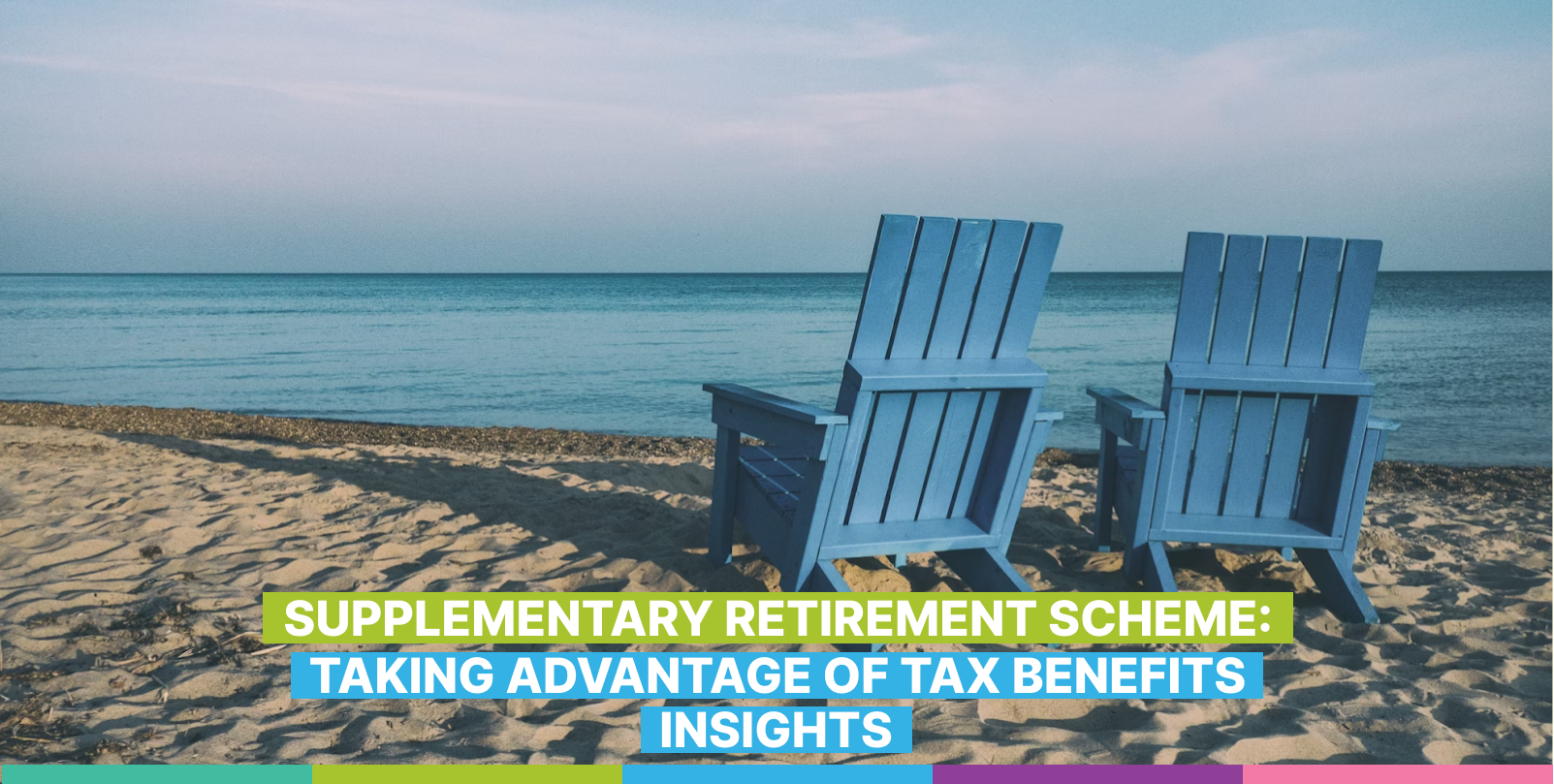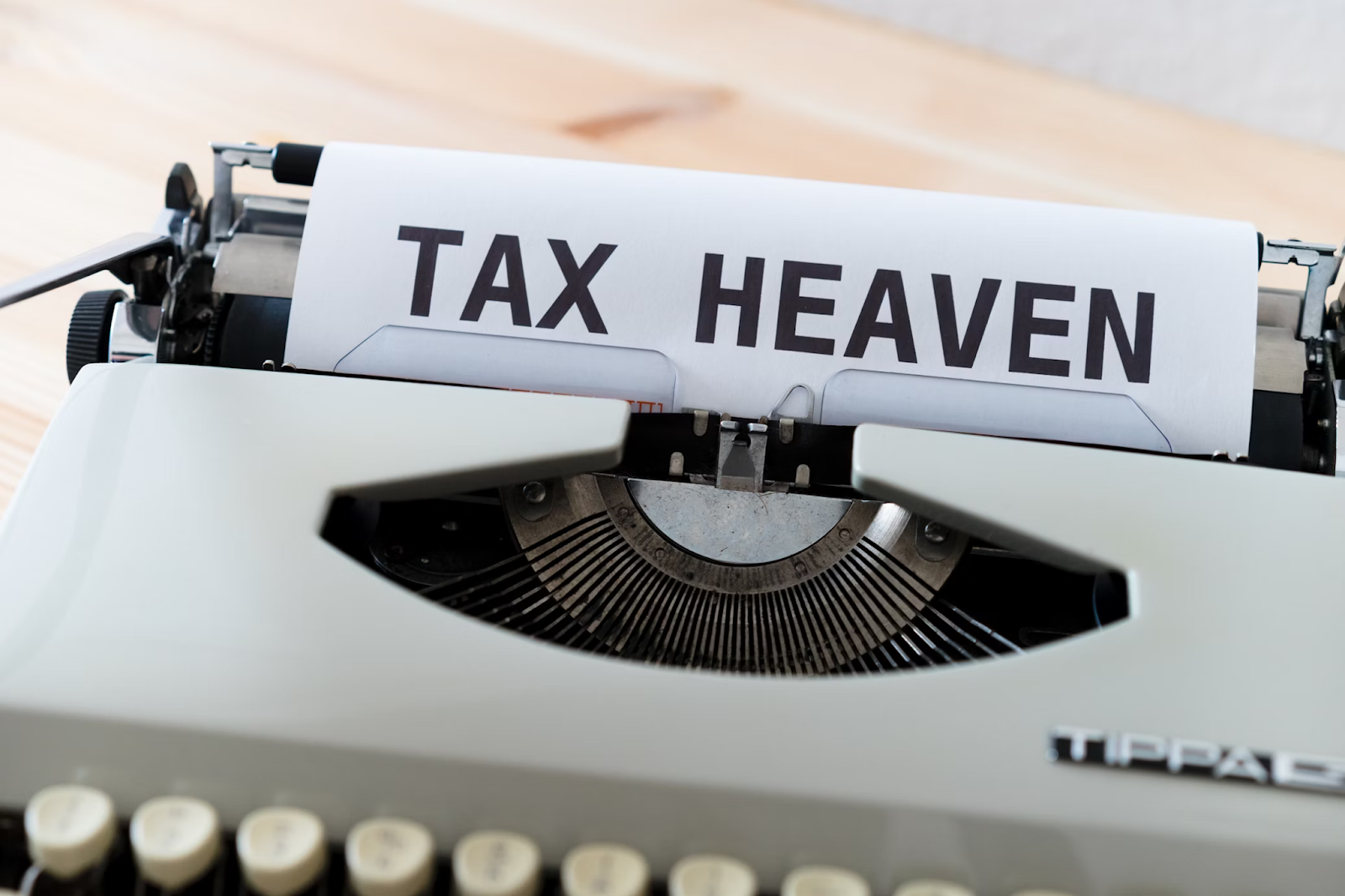
The Supplementary Retirement Scheme (SRS) in Singapore is a voluntary savings programme was introduced introduced in 2001. It complements the mandatory Central Provident Fund (CPF) system and provides individuals with greater flexibility in planning for their golden years. offers a powerful way to enhance your retirement savings while enjoying significant tax benefits.
One of the most attractive features of the SRS is its tax relief structure. Contributions to your SRS account directly reduce your taxable income for the year, potentially resulting in substantial tax savings.
How Supplementary Retirement Scheme works:

Individuals from 18 years old can open an SRS account with participating banks (DBS, OCBC, or UOB).
SRS funds can be invested in various financial instruments, including stocks, bonds, and unit trusts. Investment gains are tax-free until withdrawal.
Advantages:
- Tax relief: Contributions to SRS are eligible for tax relief, reducing taxable income for the year.
- Tax-free growth: Investment gains within the SRS account accumulate tax-free until withdrawal.
- Partial taxation on withdrawal: Only 50% of the withdrawn amount is subject to tax during retirement.
- Investment flexibility: SRS funds can be invested in a wide range of financial instruments.
Limitations:
- Early withdrawal penalties: Withdrawals before the statutory retirement age (currently 63) may incur penalties and full taxation.
- Contribution limits: There are caps on yearly contributions, which may limit tax benefits for high-income earners.
- Lock-in period: Funds are generally locked in until retirement age, reducing liquidity.
- Investment risks: Returns depend on chosen investments, and there is no guaranteed interest rate like CPF.
To be eligible for the Supplementary Retirement Scheme (SRS) in Singapore, individuals must meet the following criteria:
- Participants must be 18 years or older.
- Citizenship status: The scheme is open to:
- Singapore Citizens
- Singapore Permanent Residents (PRs)
- Foreigners who are resident in Singapore
- Financial status: Individuals must not be undischarged bankrupts
- Mental capacity: Participants must not have a mental disorder and should be capable of managing themselves and their affairs.
Account restrictions:
- Individuals can only have one SRS account at any given time
- They must not have a pending application with another SRS operator to open an account.
- They should not have previously had an SRS account where all monies were withdrawn on medical grounds or after reaching the statutory retirement age prevailing at the time of their first contribution.
The scheme is designed as a long-term savings plan for retirement, so individuals should consider their age and retirement goals when deciding to participate.
The yearly maximum contribution limits are:
- S$15,300 for Singapore Citizens and Permanent Residents
- S$35,700 for foreigners
Contributions must be made in cash
For tax relief purposes, contributions for a given year must typically be made by December 31st of that year. For example, to be eligible for tax relief in 2025, contributions must be made before 7pm on Tuesday, December 31, 2024.
If you’re a foreigner, you need to declare your status annually to your SRS bank operator to qualify for the higher contribution limit.
The Supplementary Retirement Scheme (SRS) contribution limit is generally higher than the Central Provident Fund (CPF) contribution limit.
a. CPF contribution limit
- Up to S$8,000 annually for personal top-ups
- An additional S$8,000 if making top-ups to loved ones’ accounts
b. SRS contribution limit:
- S$15,300 annually for Singapore Citizens and Permanent Residents
- S$35,700 annually for foreigners
Key differences:
- Flexibility: SRS contributions are voluntary and can be made at any time throughout the year, up to the annual limit. CPF contributions are mandatory and based on a percentage of monthly salary.
- Tax relief: SRS offers dollar-for-dollar tax deduction up to the contribution limit. CPF SA top-ups provide tax relief up to S$8,000 annually.
- Investment options: SRS funds can be invested in a wider range of financial instruments, while CPF SA has more restricted investment options.
The higher SRS contribution limit allows for potentially greater tax savings and more flexibility in retirement planning compared to CPF SA top-ups.
SRS Range of investments

SRS offers a wider range of investment options compared to CPF. Here are some investment options available for SRS that are not allowed for CPF:
- Endowment Insurance Plans: SRS funds can be invested in endowment plans that provide both savings and protection, offering guaranteed returns and coverage against death and total permanent disability.
- Foreign Currency Fixed Deposits: While CPF is restricted to Singapore dollar investments, SRS allows for foreign currency fixed deposits.
- Structured Deposits: These combine the features of a deposit and an investment product, with returns typically dependent on the performance of an underlying financial instrument.
- A wider range of stocks: SRS allows investment in most stocks listed on the Singapore Exchange (SGX), while CPF has more restrictions and limits on stock investments.
- More flexible ETF options: SRS offers a broader selection of ETFs, including those tracking international indices or specific sectors.
- Unit trusts with a wider scope: SRS allows investment in a more diverse range of unit trusts compared to the CPF Investment Scheme.
It’s important to note that while SRS offers more investment flexibility, CPF has stricter guidelines to ensure the safety of retirement savings. For example, CPF limits stock and gold investments to 35% and 10% of investible savings respectively48, while SRS doesn’t have such restrictions.
Ministry of Finance (MOF): The MOF provides detailed information about the SRS, including its investment options and how it complements CPF.
MoneySENSE is an initiative by the Singapore Government that offers insights into retirement planning, including how SRS complements CPF for enhancing retirement savings.
Monetary Authority of Singapore (MAS): MAS provides comparisons of financial products for individuals, including those that can be purchased using SRS and CPF funds.
Tax Advantages

- Tax relief on contributions: SRS contributions are eligible for tax relief, reducing taxable income in the year of contribution.
- Tax-free growth: Investment returns within the SRS account accumulate tax-free until withdrawal.
- Partial taxation on withdrawal: Only 50% of the withdrawn amount is subject to tax during retirement, known as the “50% tax concession”
Additional Benefits
Withdrawal flexibility: Retirees can make penalty-free withdrawals over a 10-year period starting from the statutory retirement age.
Estate planning: Up to $400,000 of SRS funds are tax-exempt if withdrawn upon demise or terminal illness. [1]
By utilizing the SRS, retirees can potentially enhance their retirement savings through tax benefits, investment growth, and flexible planning options, providing a more comfortable financial cushion for their golden years.
Remember that while you can start contributing at any time, the SRS is designed as a long-term savings scheme for retirement. Early withdrawals before the statutory retirement age may incur penalties and full taxation.
The taxation at withdrawal is essentially a recapture of the tax benefits you received when making contributions and during the investment growth period. However, the scheme is designed to provide an overall tax advantage:
You defer taxes during your higher-income working years.
Your investments grow tax-free within the SRS account.
You pay taxes on only half of the withdrawn amount, potentially at a lower tax rate during retirement.
This structure encourages long-term savings for retirement while still allowing the government to collect some tax revenue on the deferred income. The taxation at withdrawal is a trade-off for the upfront tax benefits and tax-free growth provided by the SRS.
Upon reaching the statutory retirement age, you can begin withdrawing from your SRS account. Remarkably, only 50% of the withdrawn amount is subject to taxation, providing another layer of tax efficiency. By spreading your withdrawals over a 10-year period, you can optimize your tax position and ensure a steady income stream during retirement.
To maximize the benefits of the SRS, consider contributing strategically, especially if your income places you in a higher tax bracket. Contributions reduce your taxable income, with a maximum personal income tax relief cap of S$80,000 per year (inclusive of other reliefs).
By reducing your taxable income, you may even drop into a lower tax tier, resulting in even greater savings. Additionally, exploring SRS-approved insurance products like annuities can provide guaranteed income streams during retirement while maintaining tax advantages.
The SRS represents a valuable tool for savvy retirement planners in Singapore, offering a potent combination of tax benefits and investment opportunities to secure a comfortable financial future.
How to Maximize Tax Benefits

a. Contribute Strategically:
- Ensure contributions are made before December 31 each year to qualify for tax relief in that assessment year.
- Contribute up to the annual cap to maximize tax savings.
b. Plan Withdrawals:
- Spread withdrawals over the 10-year period post-retirement age to minimize taxable income annually.
c. Invest Wisely:
- Use SRS funds for investments that align with your risk tolerance and retirement goals to grow your savings tax-free before withdrawal.
By leveraging these features, individuals can reduce their current tax burden while building a robust retirement fund.
The article above should not be taken as financial advice. Investments and their corresponding products have risks. Please seek advice from a financial adviser representative before making any investment decisions. In the event that you choose not to seek advice from a financial adviser representative, you should consider whether the investment or product in question is suitable for you.
Reference:
[1] https://www.iras.gov.sg/taxes/other-taxes/estate-duty/estate-duty
